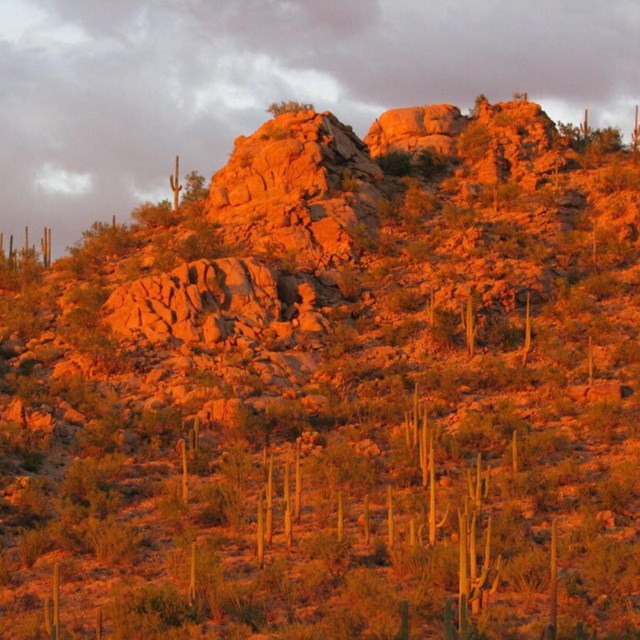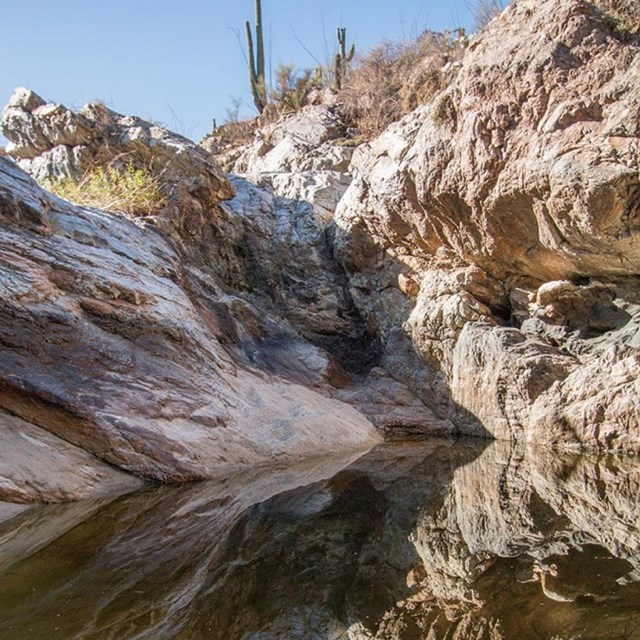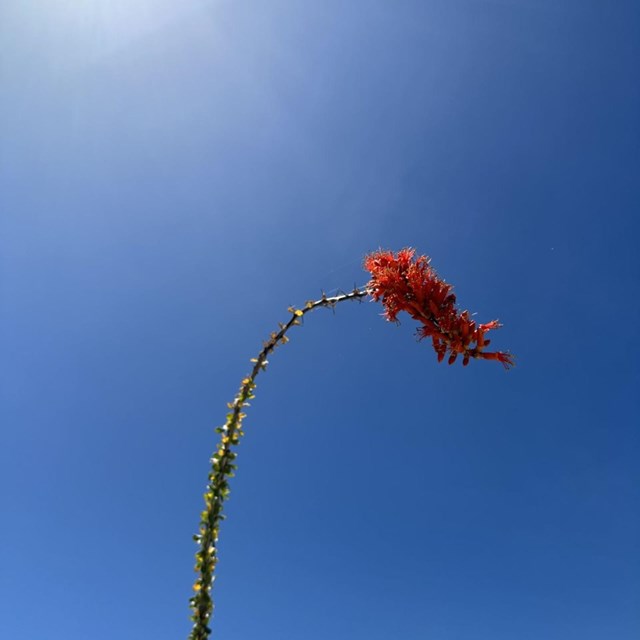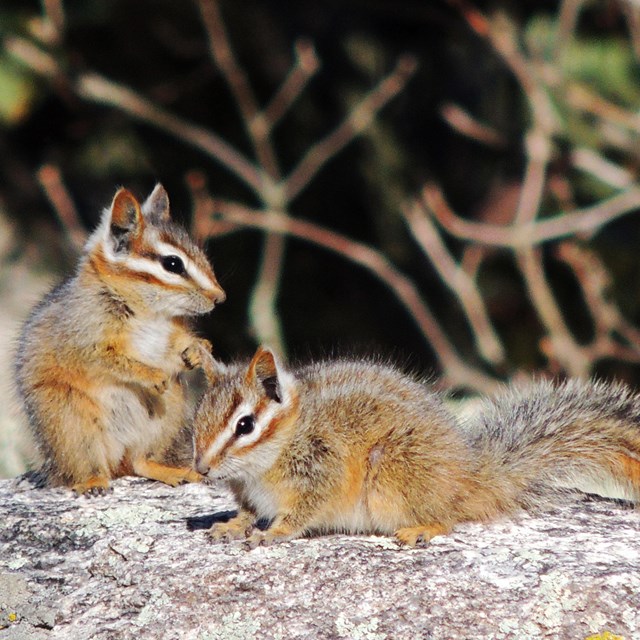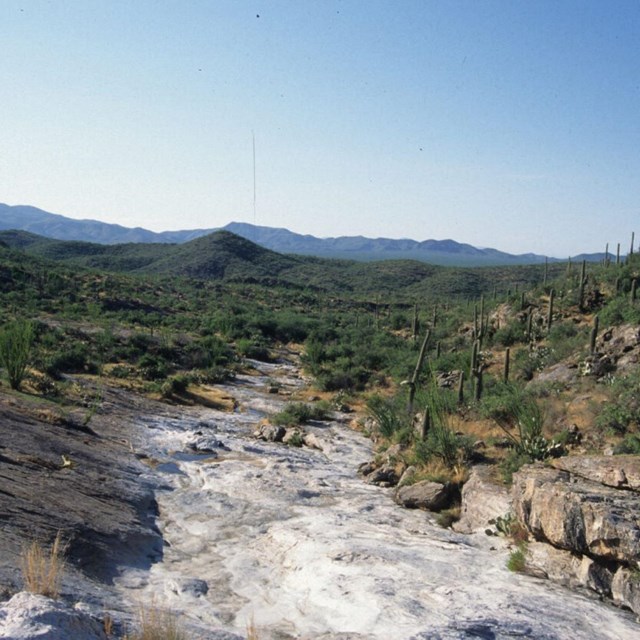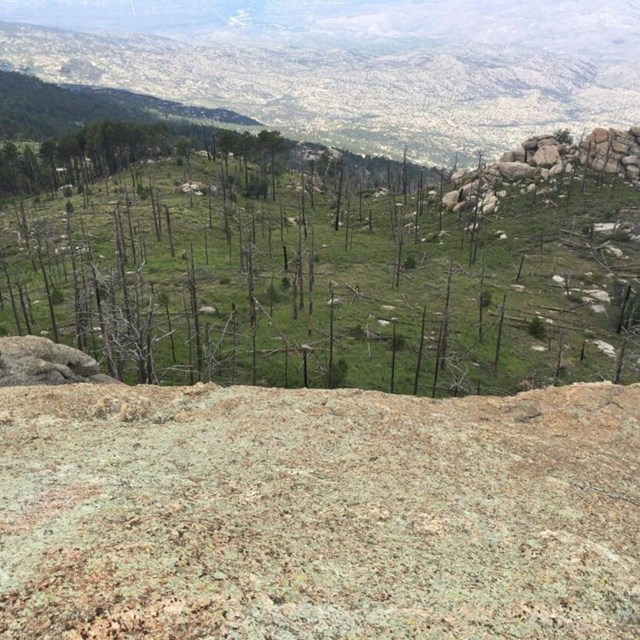Diversity in the DesertSaguaro National Park is in the Sonoran Desert, which is the most biodiverse desert! The level of biodiversity can be attributed to a number of factors, but the main two are the amount of water and the considerable elevation differences between the desert floor and the high mountains. Two Districts, One ParkThe Rincon Mountain District of Saguaro National Park ranges from an elevation of 2,670 ft to 8,666 ft and contains 6 biotic communities. The biotic communities (starting from the lowest elevation) include desert scrub, desert grassland, oak woodland, pine-oak woodland, pine forest and mixed conifer forest. Average annual precipitation is approximately 12.30 inches. The Rincon Mountains peak at a considerably higher elevation than the Tucson Mountains; therefore, there are more biotic communities and increased plant and wildlife diversity. Because of the higher elevation in the Rincons, animals like the black bear, Mexican spotted owl, Arizona mountain kingsnake, and white-tailed deer live in this district. |
Last updated: May 6, 2025

